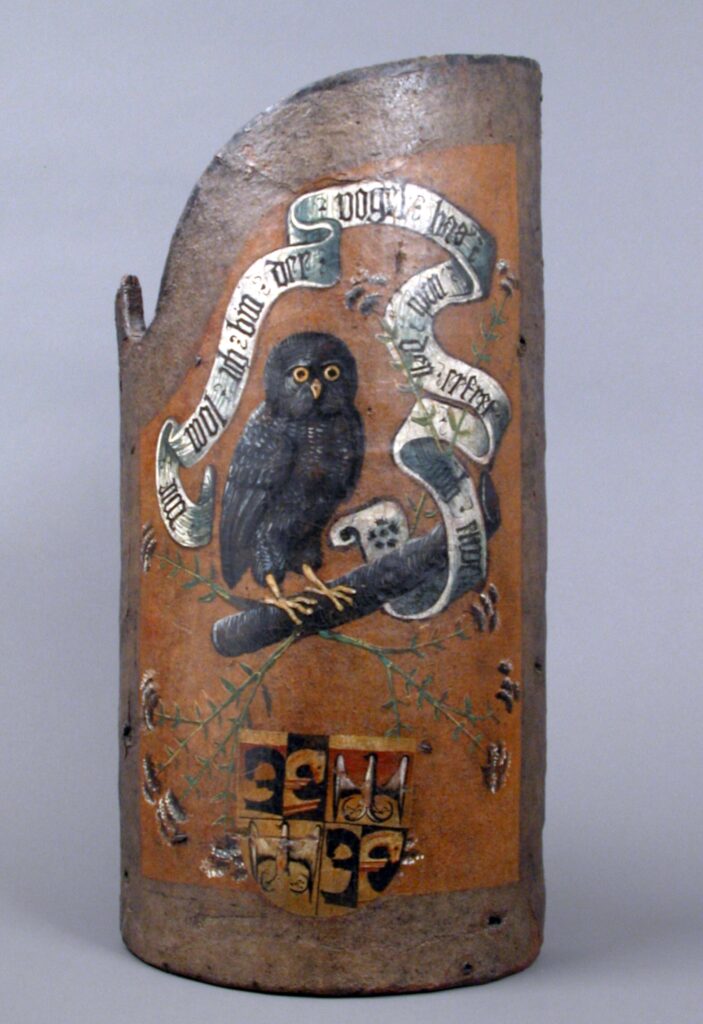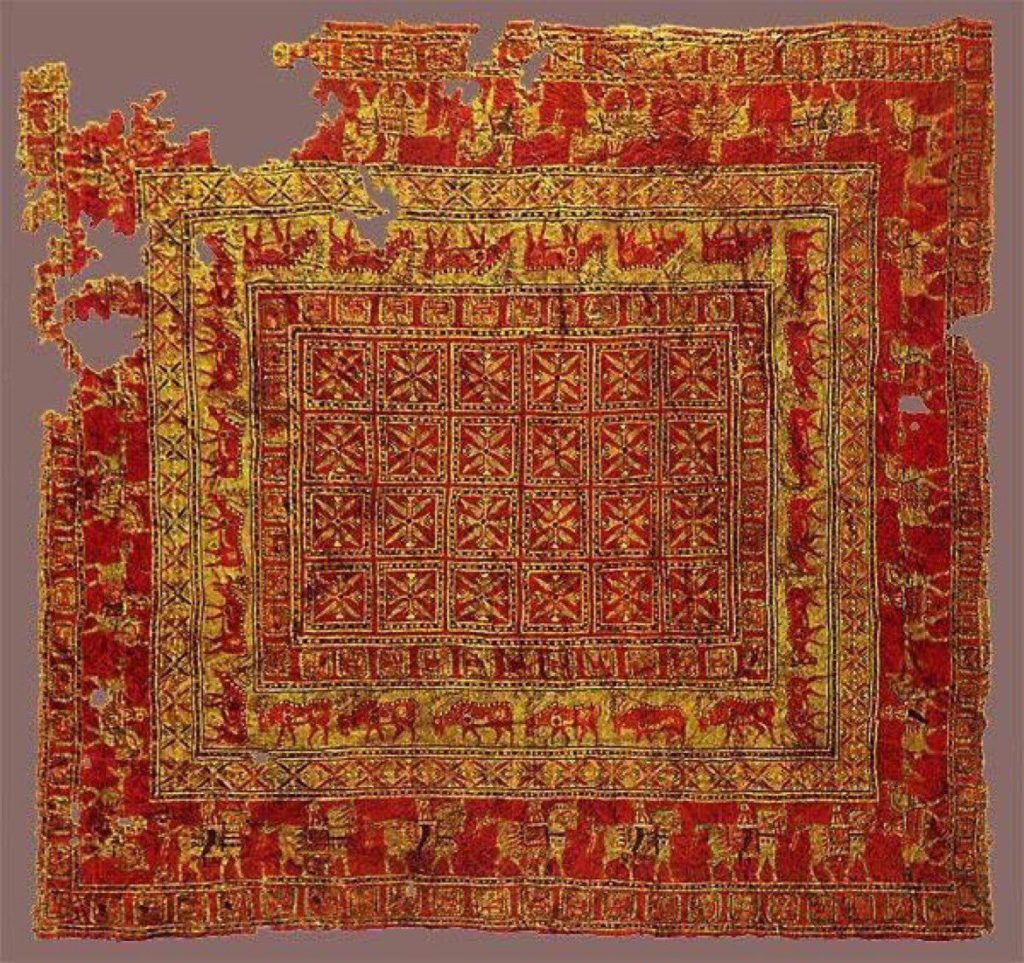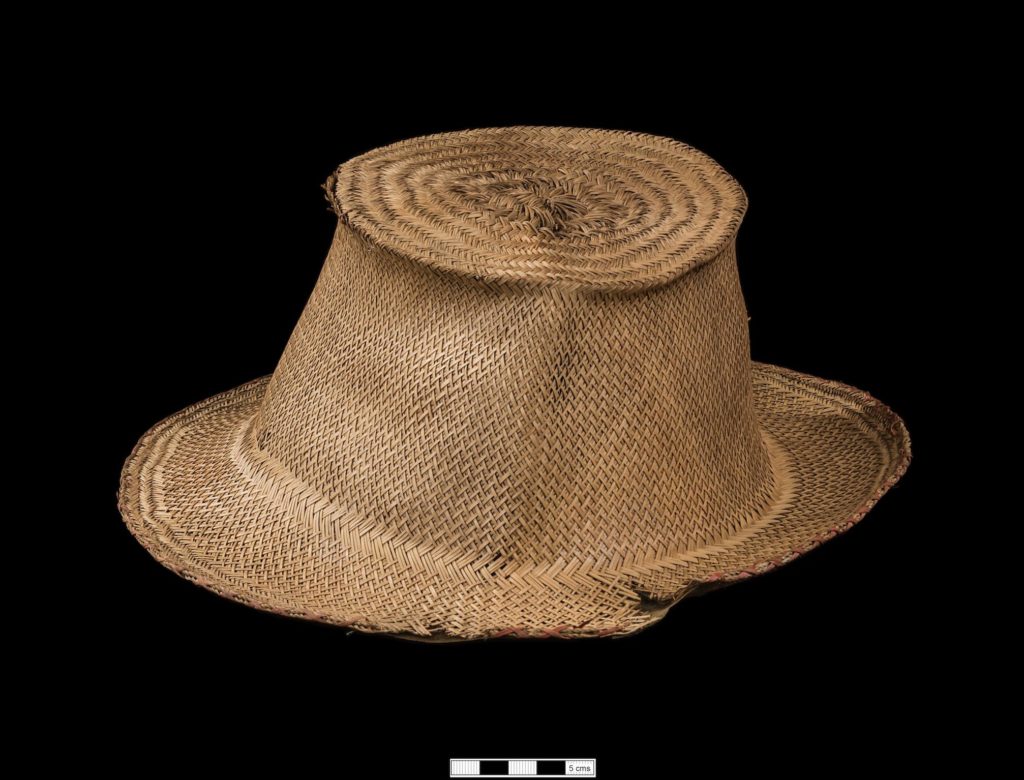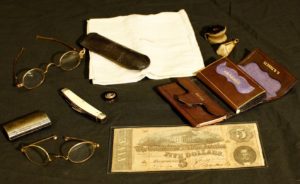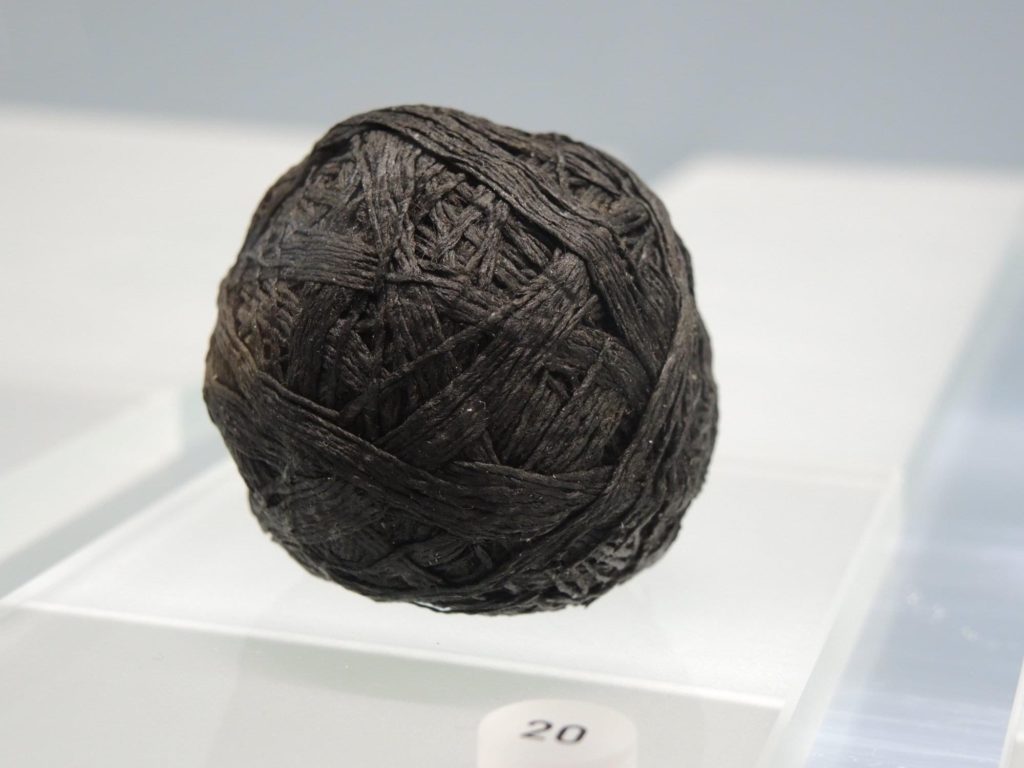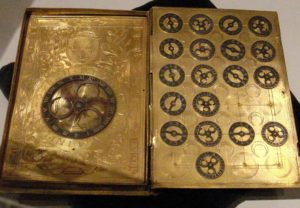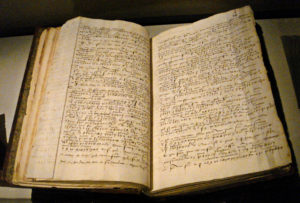Artifacts
I love ancient artifacts, especially the ones that evoke the daily life or experiences of real people. This is me bringing them to you like a slobbery tennis ball.
Peru, Nazca Culture, 100 BC – 200 AD
It’s so cute and honestly looks like you might find it cleaning out your Grandmother’s house but this might have been sitting on Grandma’s shelf a century before Jesus showed up.
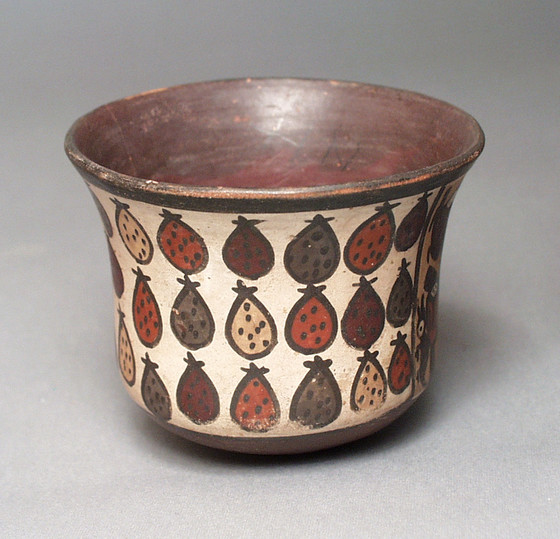

Details from the necklaces from the Great Death Pit of Ur, around 2500 BCE. Bitumen figurines covered with a sheet of gold and lapis lazuli.

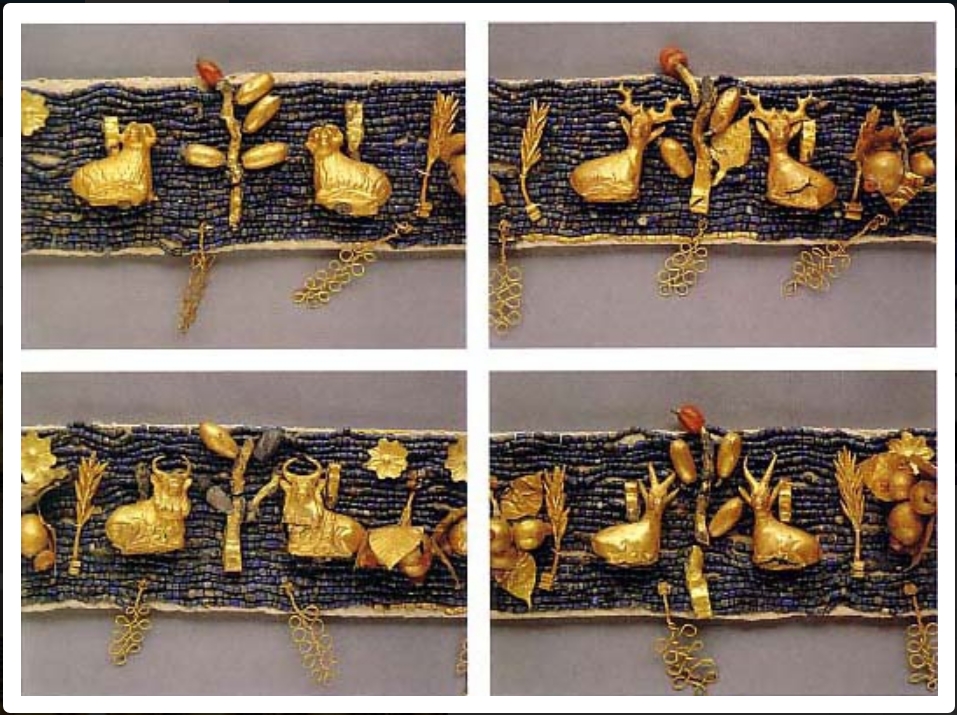
Queenly headdress
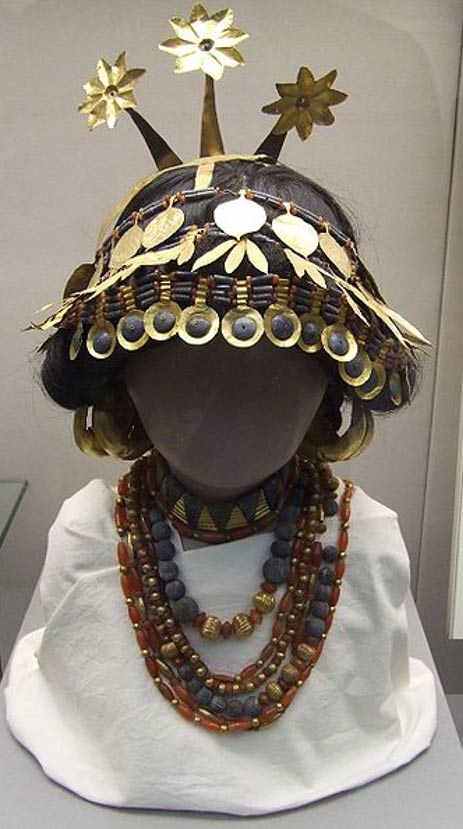
gold, lapis, carnelian, necklace with beech leaf iconography
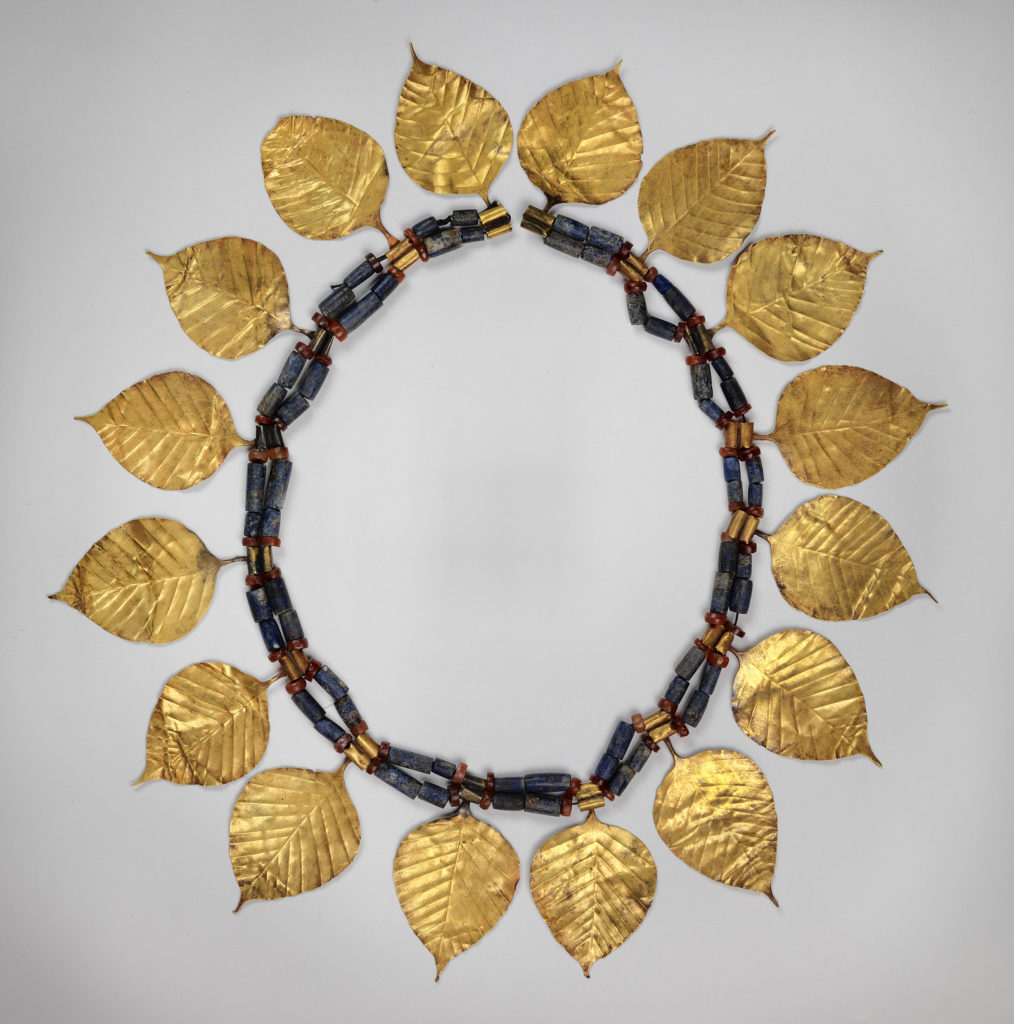
Great Death–Pit, PG 1237, revealed rows of skeletons, almost entirely female, 74 individuals in all. The women had gone to their grave dressed in scarlet, wearing ornamental headdresses, and were adorned with gold ribbons, gold wreaths, gold necklaces, jewelry of silver and gold, lapis lazuli, and carnelian.
Six women lay near two lyres and a harp, near the southeast wall. Most of the women had cups or shells containing cosmetic pigments. Body 61, in the upper right corner, was more elaborately attired than the others and she had a silver tumbler next to her mouth.
Half of the women (but none of the men) had cups or jars, as if at a banquet.
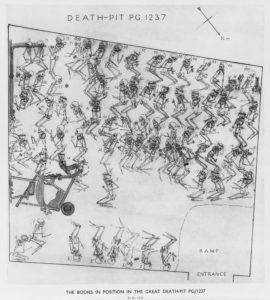
Lysimachus Tetradrachm. Byzantium, Posthumous. 190-110 BC. 16.18g.
Lysimachus was a Macedonian officer and successor of Alexander the Great, who became a King in 306 BC, ruling Thrace, Asia Minor, and Macedon. He began as a bodyguard to Alexander before becoming a trusted friend and rising through the ranks.
The coin is a tetradrachm, meaning that it was worth four drachmas; one drachma, in turn, was worth six obols. It is a high-value coin representing, in the mid-fifth century BC, four days’ pay for a skilled laborer or for a hoplite soldier, or two days’ pay for a sculptor working on a public building.
I love how sharp and clear it is. I wonder how many times, and for what exactly, it was passed from hand to hand.
the night he was shot.
When Abraham Lincoln was shot at Ford’s Theatre in Washington, D.C. on April 14, 1865, he was carrying
- two pairs of spectacles and a lens polisher,
- a pocketknife,
- a watch fob,
- a linen handkerchief, and
- a brown leather wallet containing a five-dollar Confederate note and eight newspaper clippings, including several favorable to the president and his policies.
Given to his son Robert Todd upon Lincoln’s death, these everyday items, which through association with tragedy had become like relics, were kept in the Lincoln family for more than seventy years. Now in the Library of Congress.
